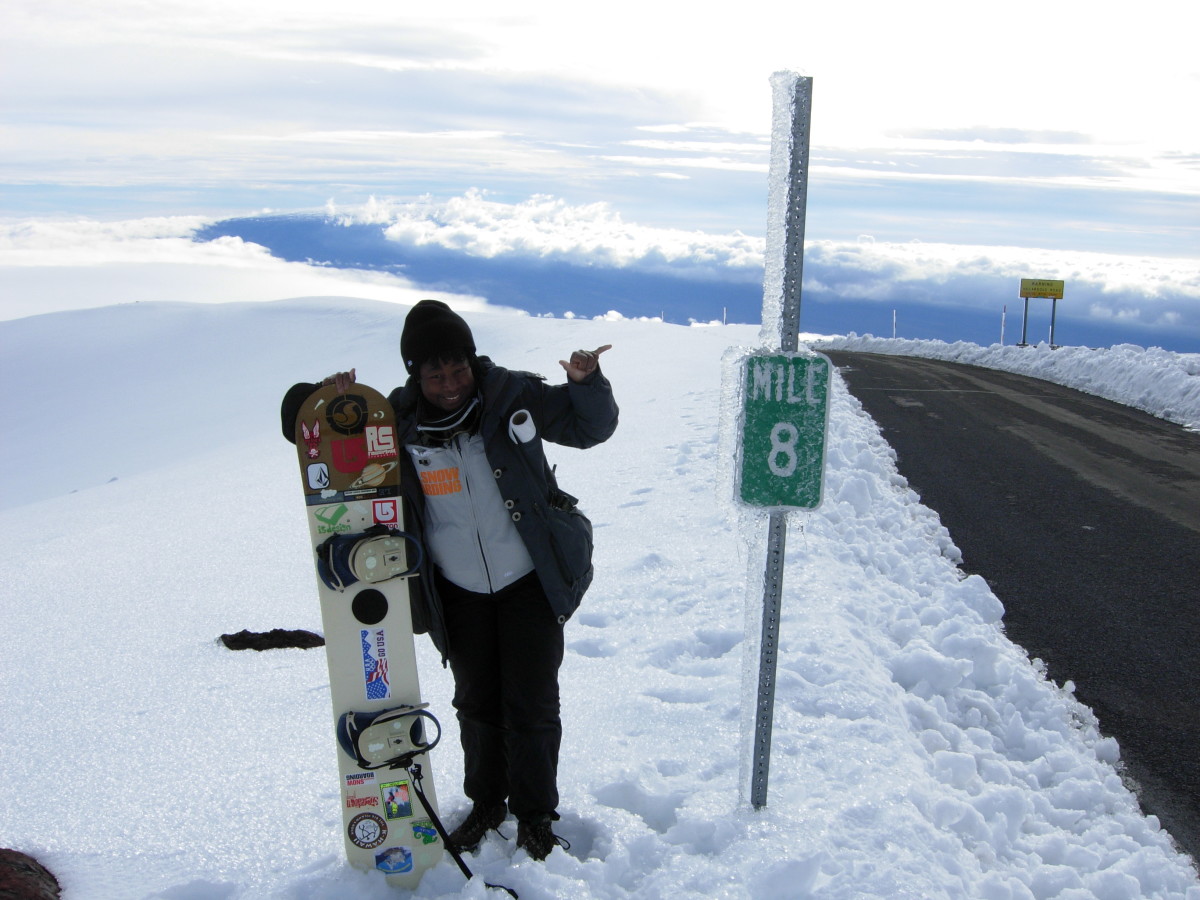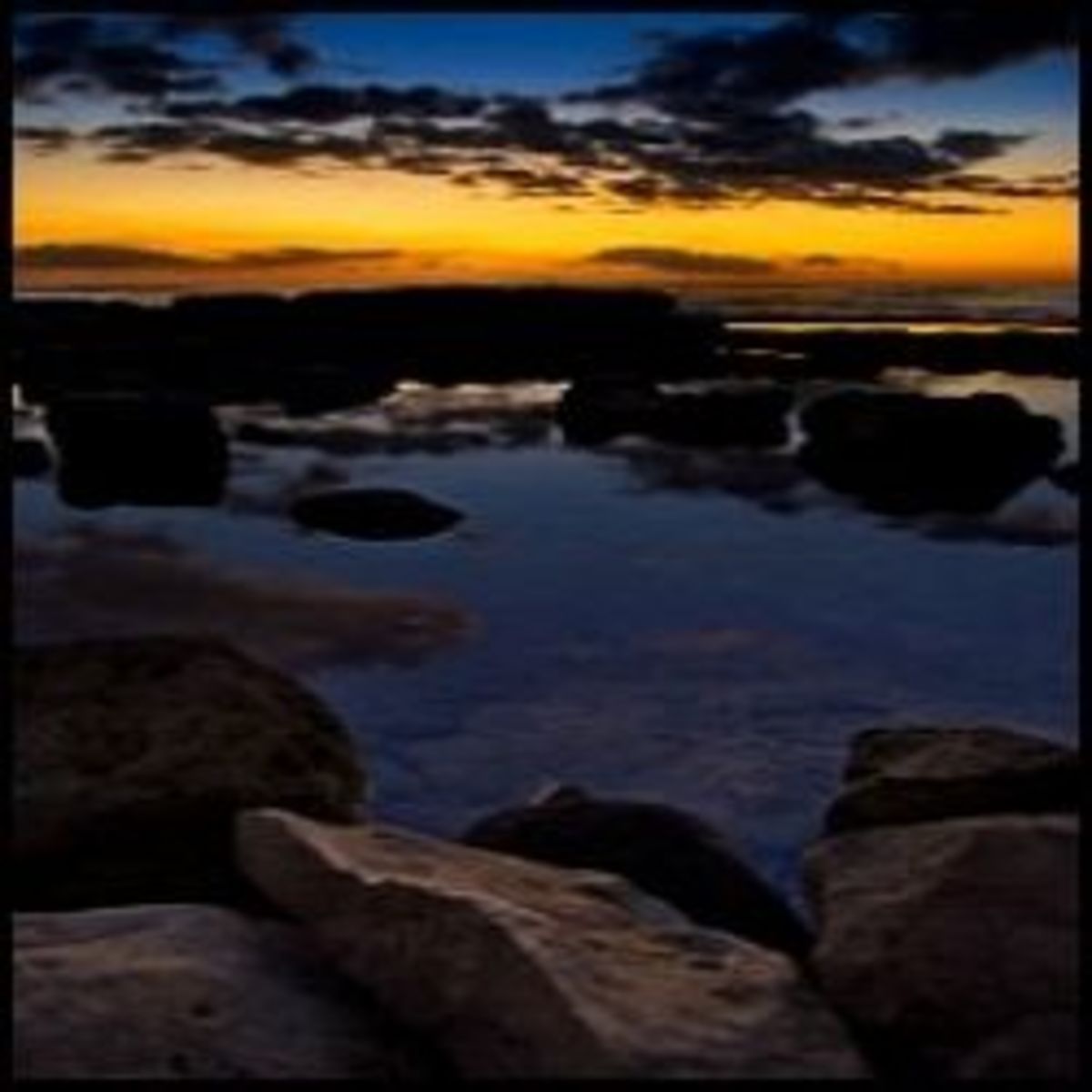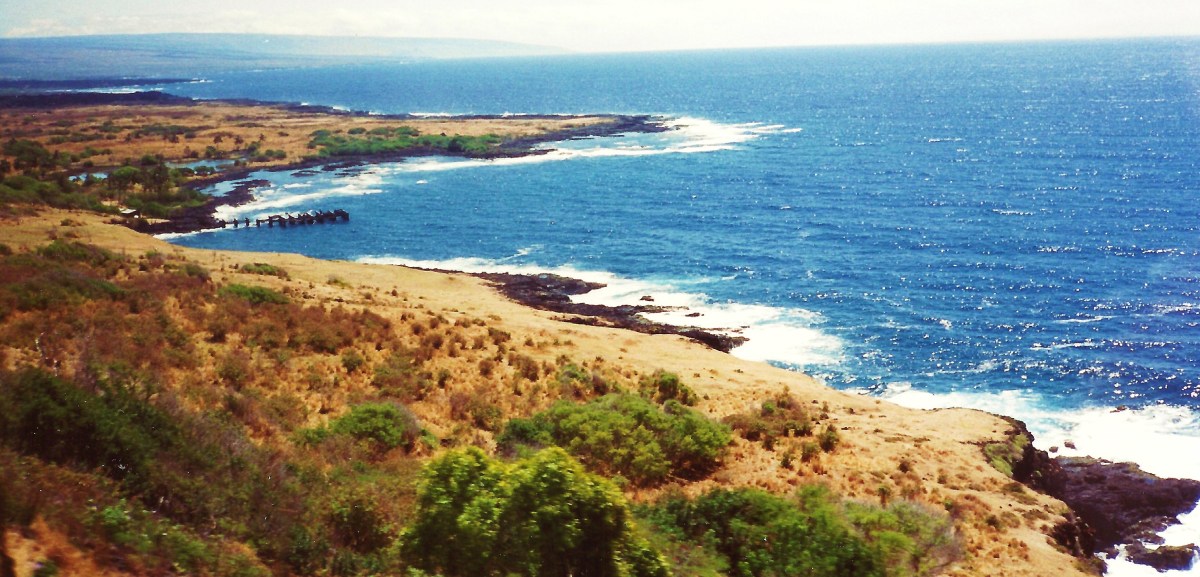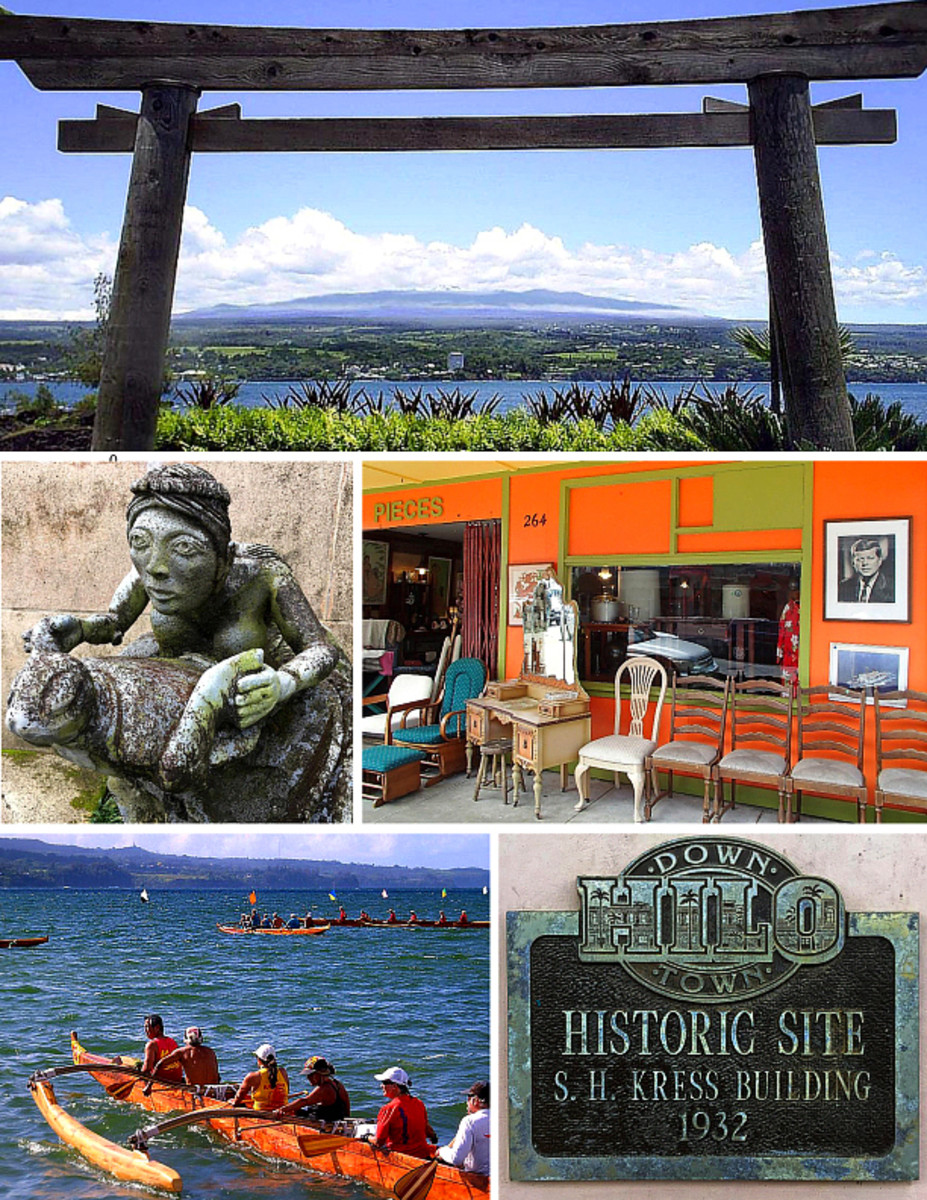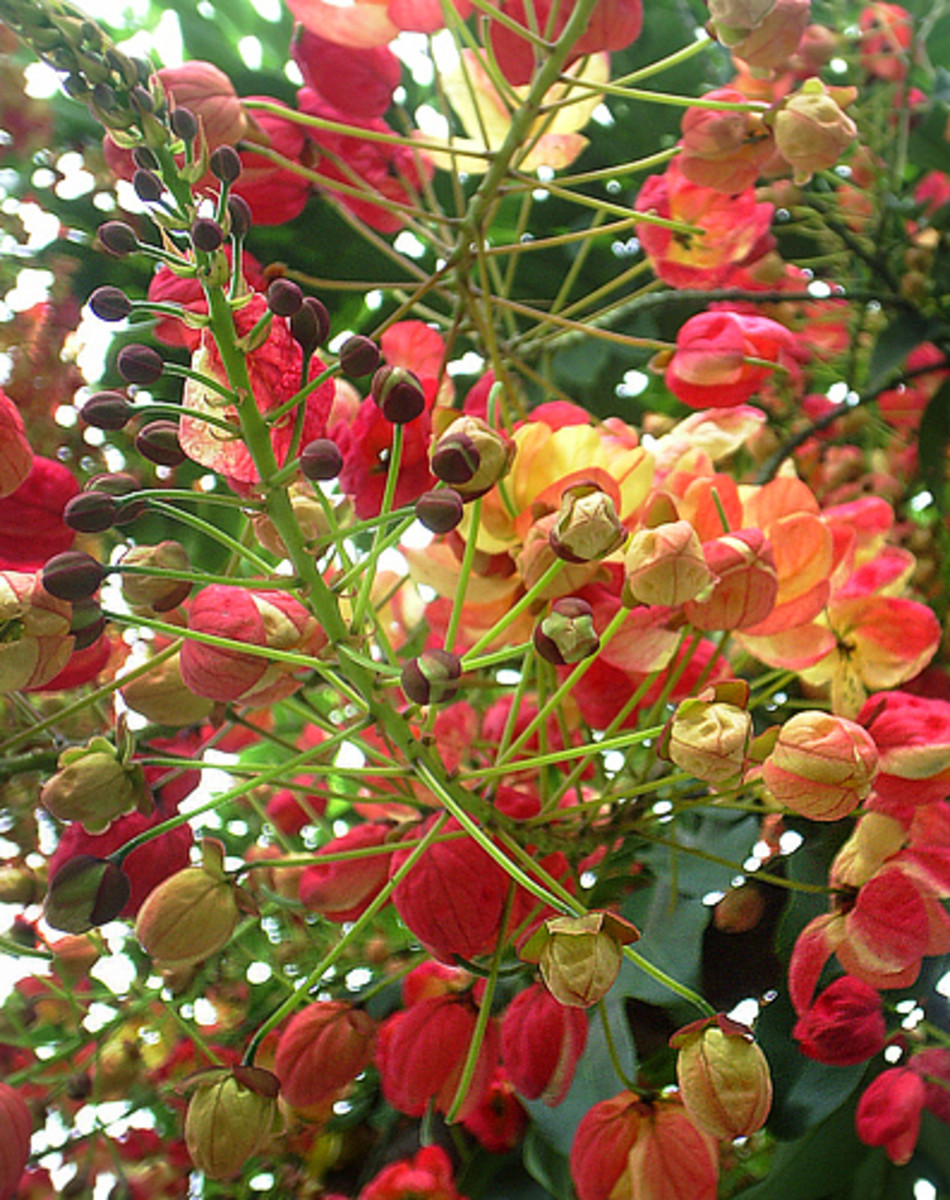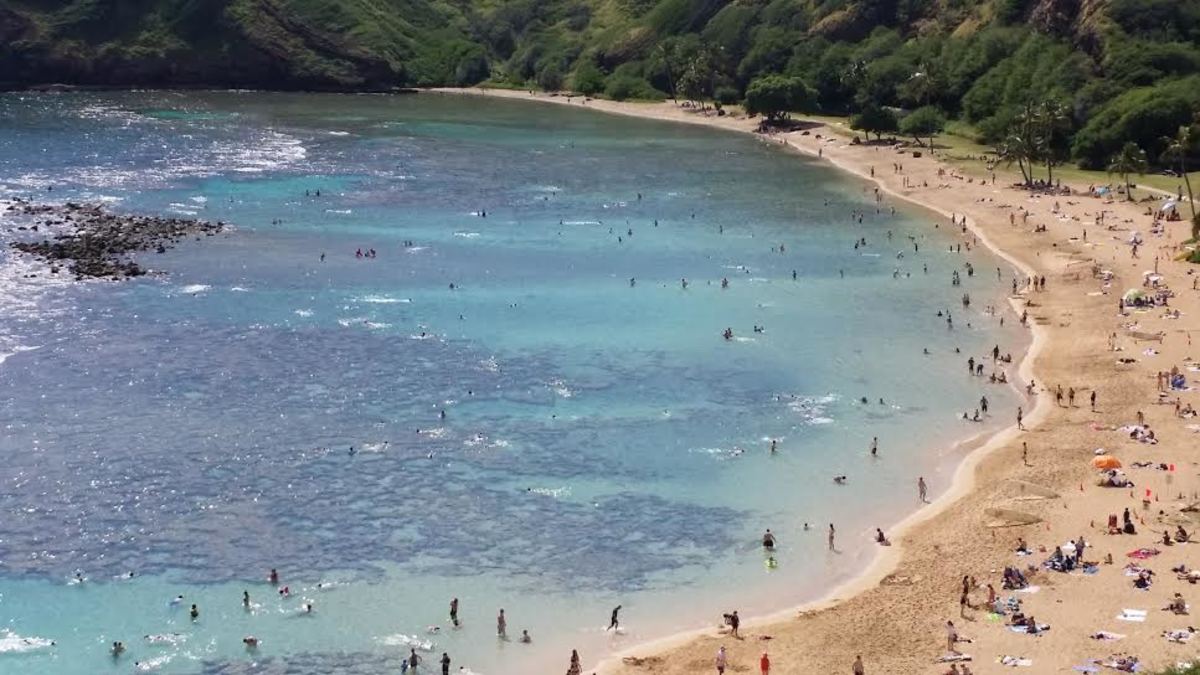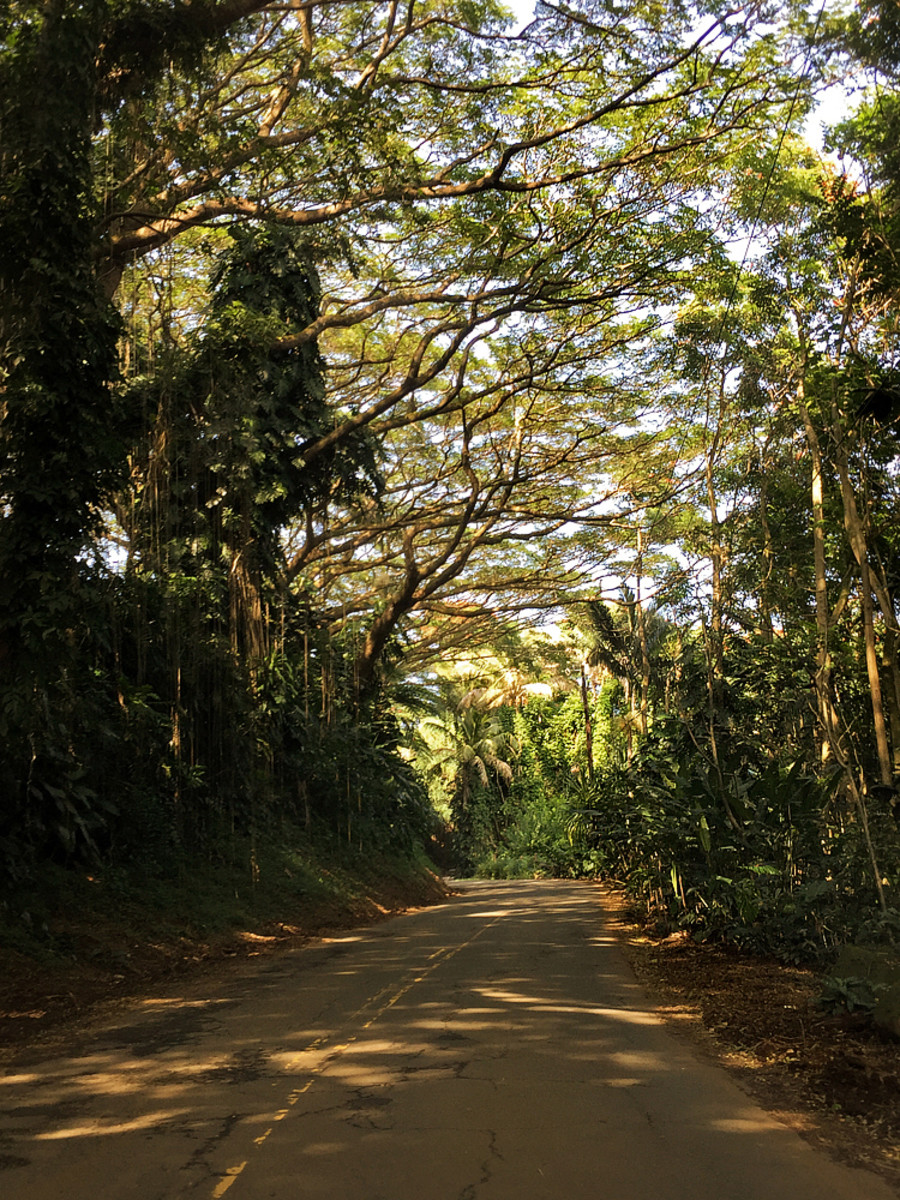- HubPages»
- Travel and Places»
- Visiting North America»
- United States
How to Visit Hawaii Volcanoes
Hawaii has six shield volcanoes that you can visit. They are:
- Kilauea (active)
- Mauna Kea (dormant)
- Mauna Loa (active)
- Hualalai (dormant)
- Kohala (extinct)
- Haleakala (extinct)
Five of these volcanoes are located on the Big Island of Hawaii. Haleakala is found on Maui, which is the island closest to the Big Island (Hawaii).
Hawaii's volcanoes attract many visitors from all over the world. There are numerous activities you can do while visiting Hawaii's volcanoes including hiking, snowboarding, and even walking right up to hot lava! Scroll down to see what Hawaii's volcanoes have to offer.

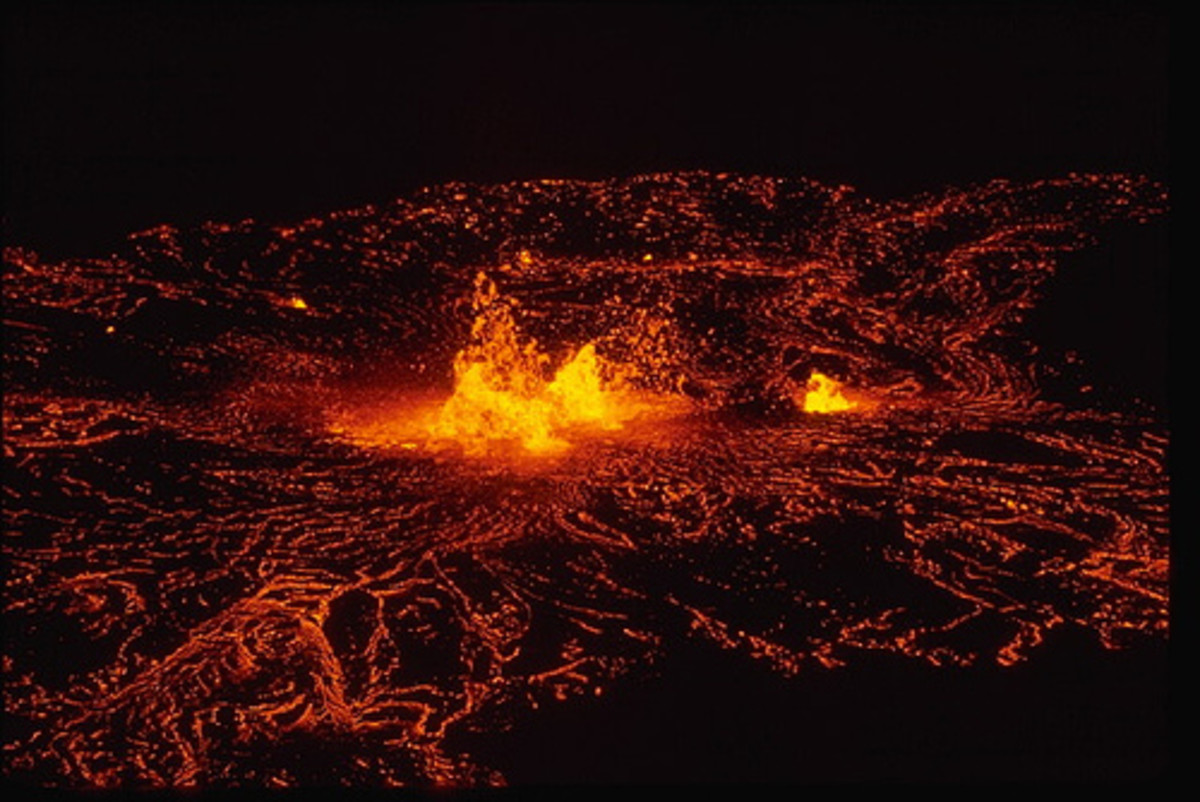
Have you ever been within feet of lava before?
Kilauea (Big Island of Hawaii)
Kilauea is probably Hawaii's most well-known and popular volcano to visit because of it's consistant activity. Kilauea has been continuously pouring lava down it's slopes from craters, the most famous being the Pu'u O'o crater, that you can stop and see from the Volcanoes National Park.
What makes Kilauea unique is that visitors can walk right up to the lava as weather permits. I once saw a man stick a metal bangle in the lava to impress a girl, but soon his hand was burning as a black and orange chunk of lava cemented the bangle to the rock.
If you visit, wear thick shoes to avoid them melting through. Also be cautious of the markers and stay on the path. Much of the lava that flows form Kilauea is underneath the ground; so, if you veer from the path, you are putting yourself at risk of falling into the magma.
Volcanoes National Park Entry Fees
# of Days the Pass is Valid
| Price in USD
| |
|---|---|---|
1 Vehicle
| 7
| $10
|
1 Person
| 7
| $5
|
1 Person
| 365
| $25
|
How to Visit Kilauea
If you want to visit the Kilauea lava flow, enter Volcanoes National Park off of Highway 11: the Hawaii Belt Road. You will have to pay to enter the park (see prices to the right). Once you drive through the entrance, take the first left. You will drive down a windy road down the coast. On your way, be sure to through the Thurston Lava Tube and look down at the Pu'u O'o crater.
You will drive to the bottom of the road near the ocean. Depending on the conditions of the flow, you may have to walk a long distance to get to see the lava. To check the status of the flow and how close they are currently allowing visitors to get to the lava, visit the Volcanoes National Park website.

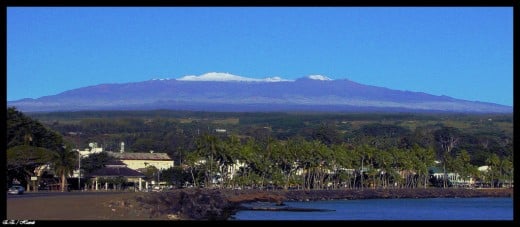
Have you ever been to Hawaii?
Mauna Kea (Big Island of Hawaii)
Mauna Kea is the tallest mountain (if measured from its base, below sea level). Because of its height, Mauna Kea was known as a sacred place to Ancient Hawaiians. Only the highest chiefs (ali'i) were allowed to go up to the summit. Now, Mauna Kea is usually snow-capped and is also home to numerous telescopes hosted by organizations from all over the world.
CLICK HERE TO LEARN MORE ABOUT MAUNA KEA
Locals and tourists visit Mauna Kea to see the sunrise or sunset, play in the snow, and gaze at the stars in one of the many observatories. You may need to rent a truck if you are visiting as you must go up with four-wheel-drive. Be sure to check the conditions before planning your trip.
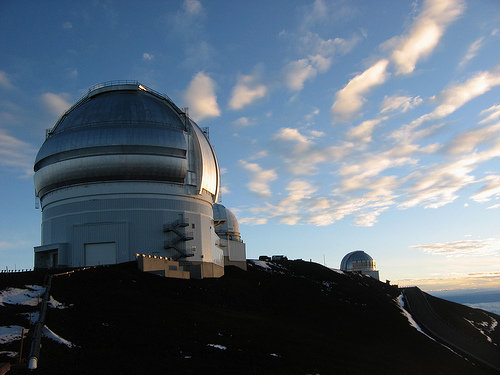
How to Visit Mauna Kea
If you plan on driving up the mountain, you must have four-wheel-drive. Be sure to check the road conditions as it is often closed due to dangerous conditions.
Make your way onto the Mamalahoa Highway and turn at Saddle Road. You will want to drive slowly as it is a rough, windy road. After driving twenty miles, you will see the military base and make a left.

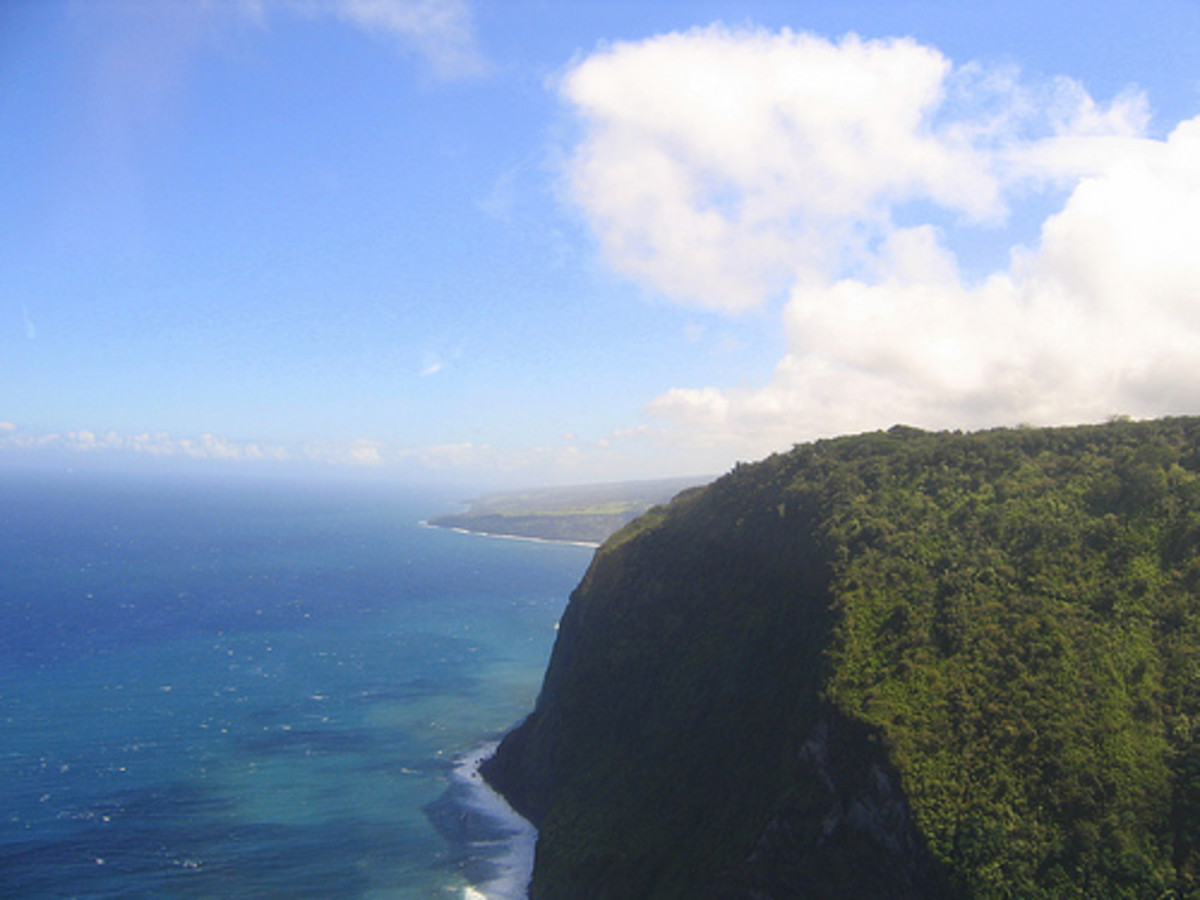
Hualalai 1924 Eruption
Other Hawaii Volcanoes
Mauna Loa (Big Island)
Mauna Loa is the longest mountain in the world. Its last eruption was in 1984, which covered a large part of Kona, the west side of the Big Island. If you want to visit Mauna Loa, you can do so by going through Volcanoes National Park. Scroll down to see a map.
Haleakala (Maui)
Haleaka means "house of the sun" in Hawaiian. From its summit, you can see both the horizons. Many people visit Haleakala for the sunrise hike and others enjoy the zip line. Scroll down to see a map.
Hualalai (Big Island)
Hualalai was one of Hawaii's most active volcanoes in the early 1900s. One eruption in 1924 was very well-documented (see the video to the right).
Kohala (Big Island)
Kohala is Hawaii's oldest volcano. In Kohala, you can hike down a green valley, see King Kamehameha's birthplace, and swim in crystal blue water. To visit, drive North. Scroll down to see a map.
More Information about Hawaii's Volcanoes
- A Local's Guide to Hawaii Volcanoes
Hawaii is made up of six shield volcanoes. They are Kilauea (active), Mauna Kea (dormant), Mauna Loa (active), Hu’alalai (dormant), Kohala (extinct), and Haleakala (extinct).


